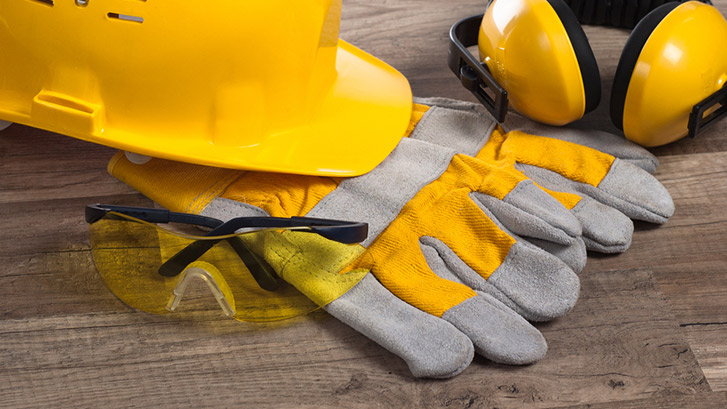
Hand injuries in any environment can lead to irreversible consequences. According to data from the U.S. Occupational Safety and Health Administration (OSHA), there are over 150,000 hand-related workplace injuries each year. These otherwise preventable injuries can be mitigated or avoided entirely with the use of gloves.
Kevlar gloves offer excellent protection due to their material composition, making them the “invisible armor” for your hands. This article will give you a comprehensive understanding of these gloves.
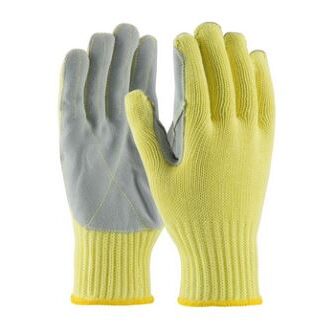
What is Kevlar?
Kevlar is an aramid fiber developed in the 1960s by chemist Stephanie Kwolek at DuPont. Undoubtedly, it is a high-strength, abrasion-resistant synthetic fiber with unique heat resistance. It can endure high temperatures without easily melting or decomposing, and its strength is five times greater than steel of the same weight. Despite this, it is lightweight and convenient to use, commonly found in products like bulletproof vests, body armor, and cut-resistant gloves.
About Kevlar’s Heat Protection Capabilities
Kevlar fiber has excellent heat resistance, capable of withstanding environments with temperatures ranging from approximately 160°C to 200°C for extended periods. It maintains structural stability under high heat and provides insulation, offering buffering and protection, making it highly effective in heat protection applications.
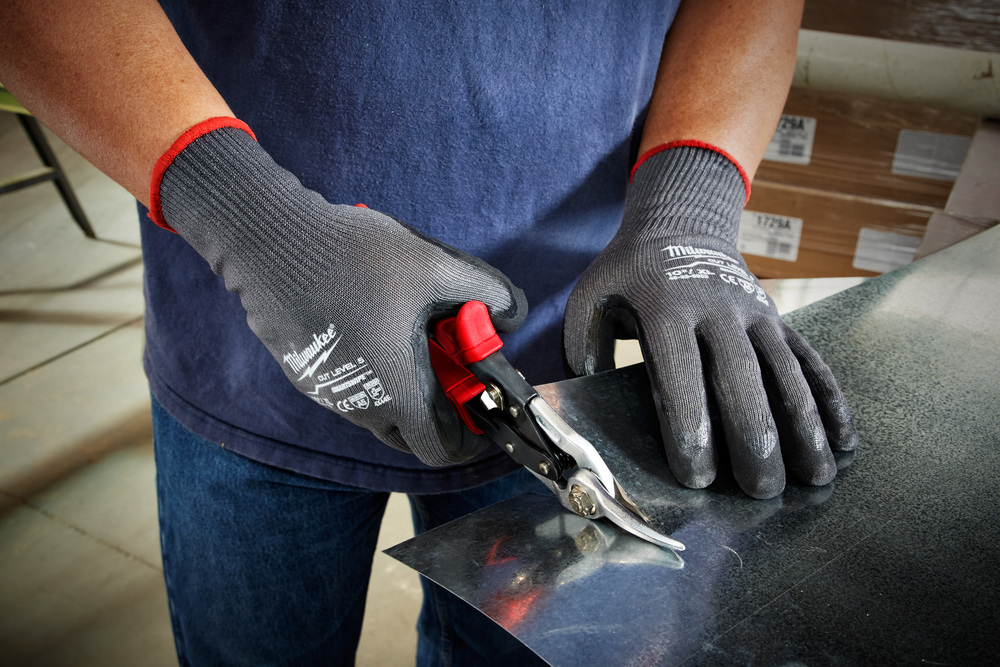
Benefits of Kevlar Gloves
Protection Against Cuts and Abrasions
When handling sharp tools, cutters, or glass, Kevlar gloves can effectively prevent your hands from being scratched or cut. Abrasive damage to the gloves can lead to injury, and without timely treatment, wounds may become infected or cause nerve damage. Hence, wearing Kevlar gloves is essential.
Resistance to Extreme Temperatures
Whether in extremely hot or cold environments, Kevlar gloves provide perfect resistance. They do not melt in high heat or degrade in freezing temperatures. Therefore, they are a top choice for people working in such extreme conditions.
Comfort
Despite being five times stronger than steel of the same weight and appearing thick, Kevlar gloves are lightweight and comfortable to wear. They are soft and fit naturally, making them ideal for prolonged use.
Chemical Resistance
While not specifically designed for chemical protection, Kevlar gloves do provide partial resistance against certain chemicals. They can briefly resist weak acids and bases, protecting against substances like bleach, acid, and alkali. Their chemical resistance is stronger than regular gloves but significantly lower than specialized chemical-resistant gloves.
That said, prolonged exposure to hazardous chemicals may cause degradation of the fabric. For long-term chemical handling, professional chemical-resistant gloves are recommended. However, Kevlar gloves are a solid choice for emergency or short-term use.
Washable and Durable
Thanks to their tough material, Kevlar gloves are highly durable. Minor wear and tear rarely affect the glove’s integrity. As a result, their lifespan is longer than that of ordinary gloves, offering great value. They can also be cleaned according to the supplier’s guidelines for economical reuse.
If you’re looking for high-quality Kevlar gloves to protect your hands, check us out at aibon.
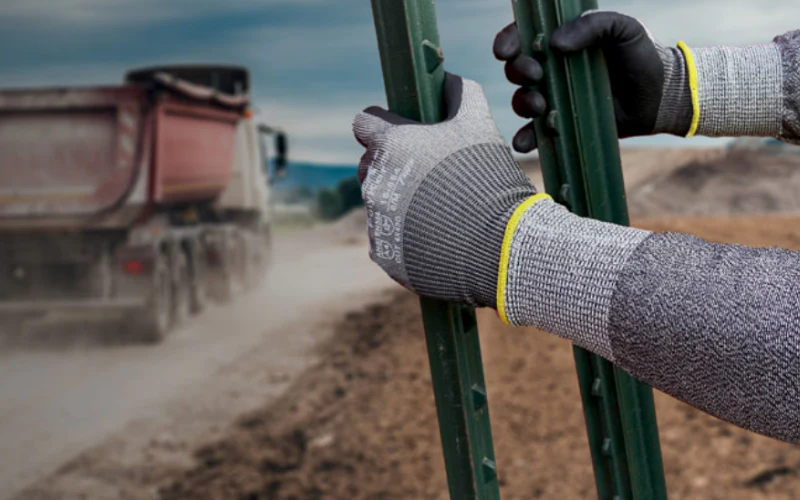
Drawbacks of Kevlar Gloves
Not Waterproof and Highly Absorbent
Kevlar gloves are not designed to be waterproof, and their woven structure absorbs moisture quickly. This can make the gloves stiff, heavy, and cold, reducing comfort—especially in wet or rainy conditions.
UV Degradation
Kevlar gloves should not be exposed to sunlight for long periods, as UV rays reduce the fiber’s strength. This means they degrade faster under continuous sun exposure. While unavoidable, this issue can be addressed by applying a UV-protective coating to the glove’s surface.
Limited Elasticity and Flexibility
Compared to nylon or polyester gloves, Kevlar gloves have less elasticity. This may affect hand mobility and reduce flexibility during use.
Higher Cost
Kevlar gloves are typically more expensive than other safety gloves due to their specialized materials. But as the saying goes, “You get what you pay for.”
Despite these drawbacks, the advantages of Kevlar gloves far outweigh the disadvantages. They are an excellent choice for individuals working in hazardous environments.
Choosing the Best Kevlar Gloves for Your Needs
Before choosing your gloves, identify the specific risks and hazards present in your environment. Select gloves made of appropriate materials based on the level of risk.
You may opt for coated Kevlar fiber gloves or pure Kevlar fiber gloves. Coated Kevlar gloves can compensate for some of the shortcomings of pure Kevlar and may add extra functionality—depending entirely on your needs.
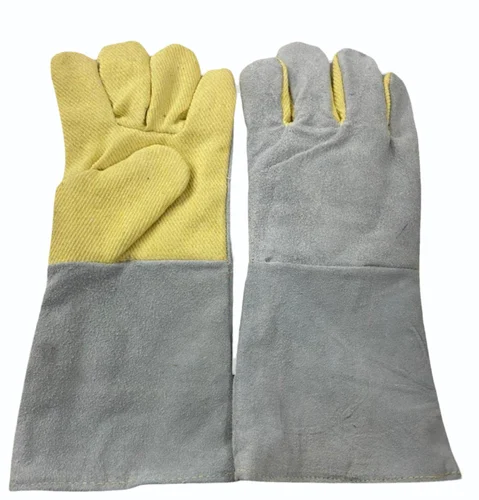
Conclusion
That’s everything you need to know about Kevlar gloves. If you’re in the market for high-quality Kevlar gloves, visit us at aibon to find the right pair for your needs.
How to Measure Glove Sizes – Source: AIBON
Latex gloves– Source: AIBON
Safety gloves– Source: AIBON
Working gloves– Source: AIBON

